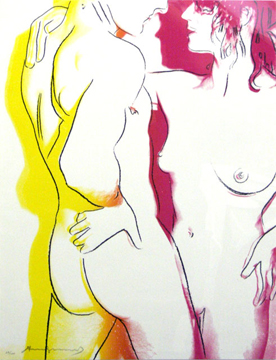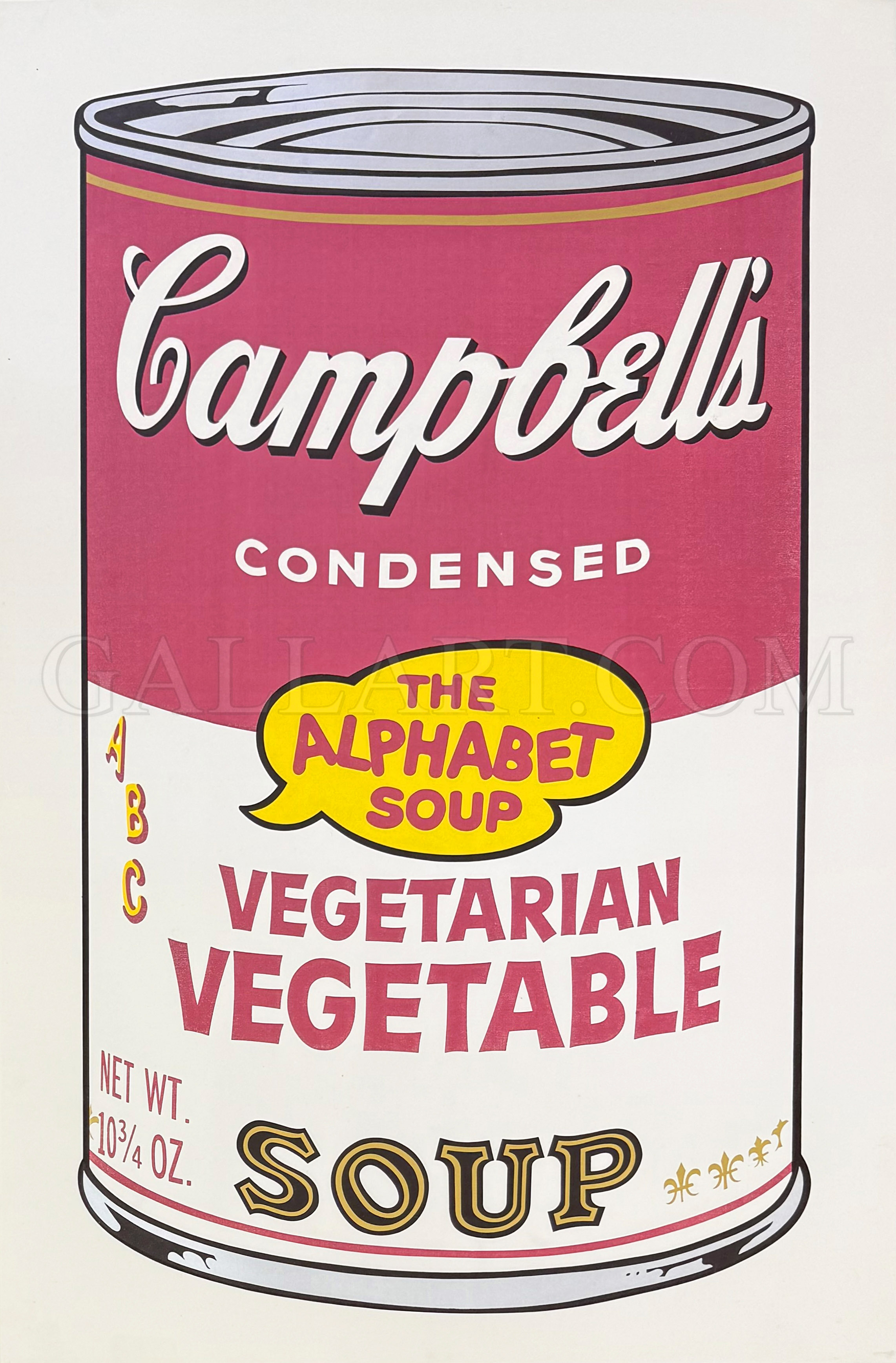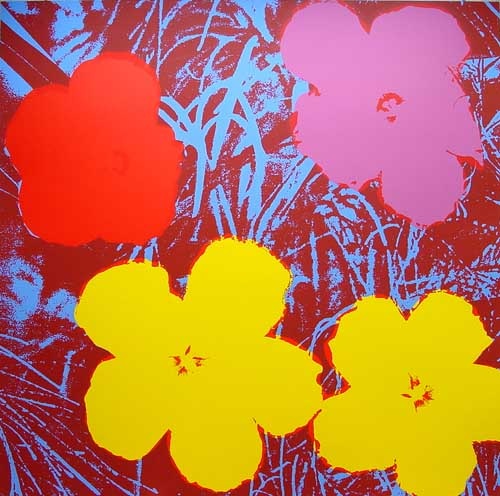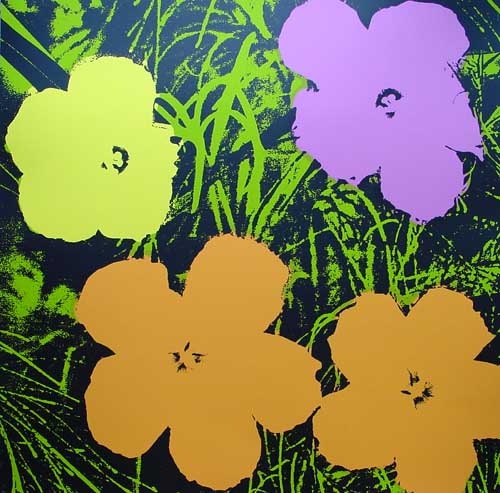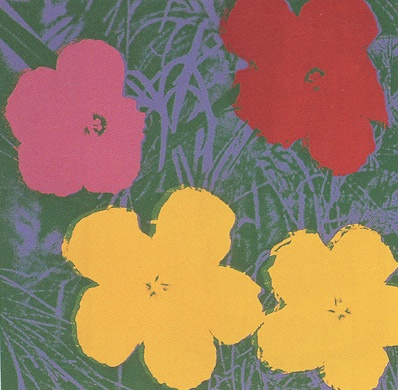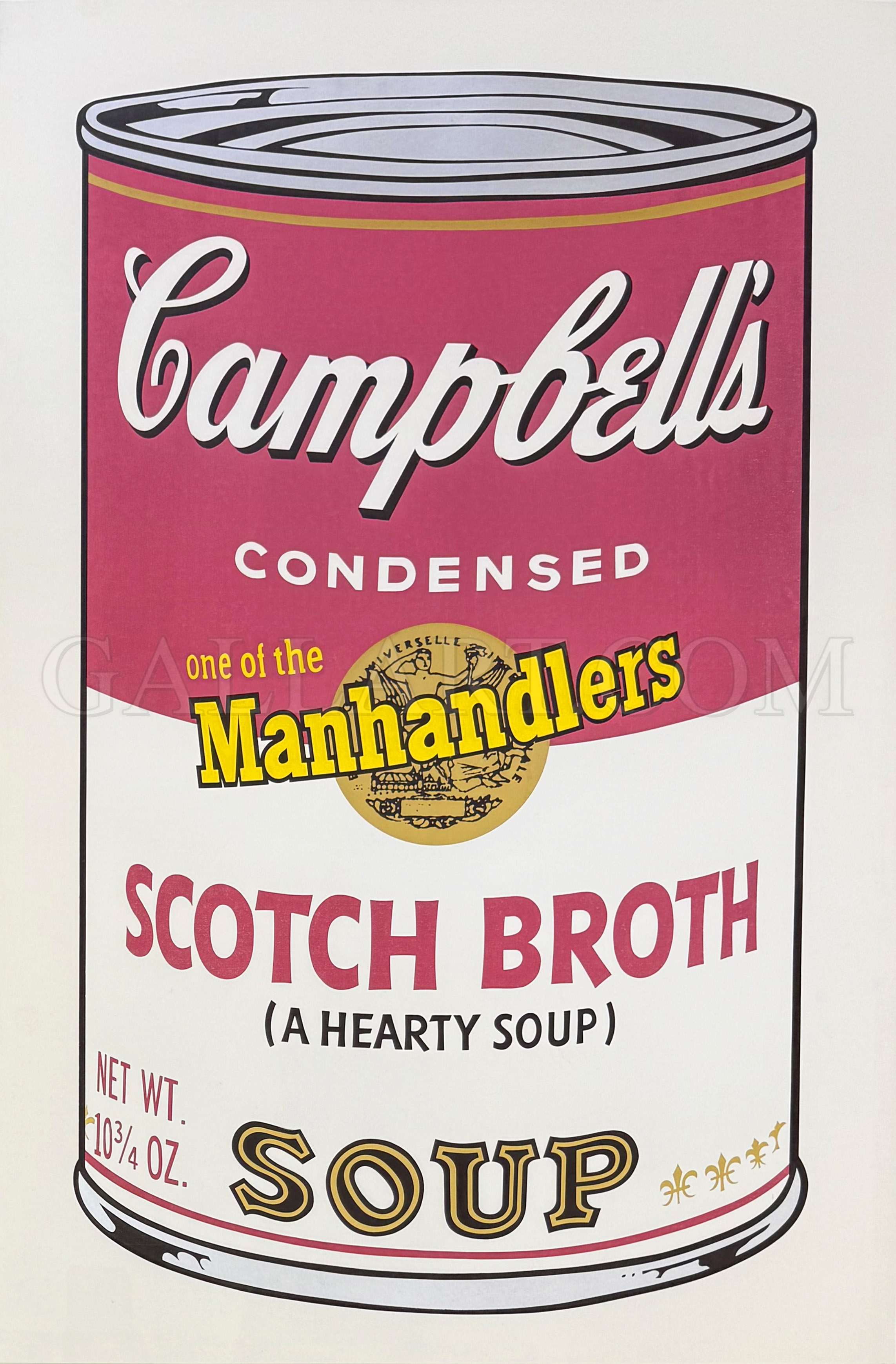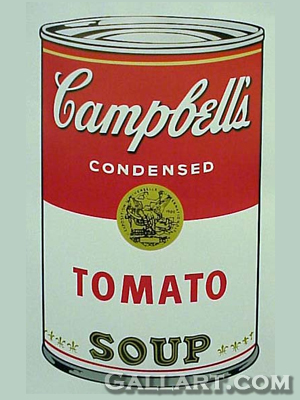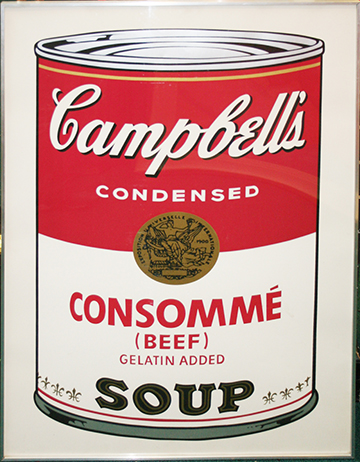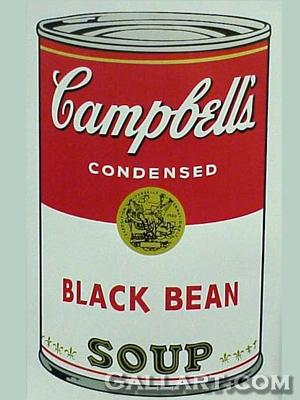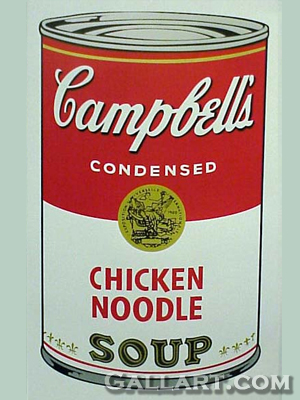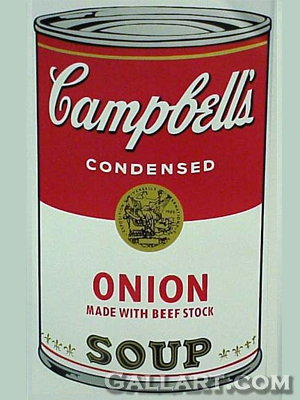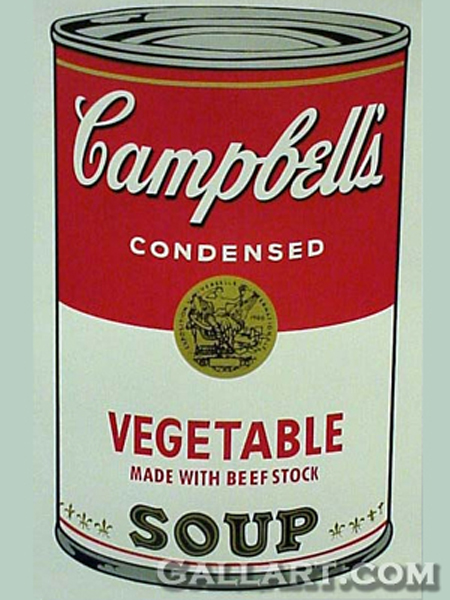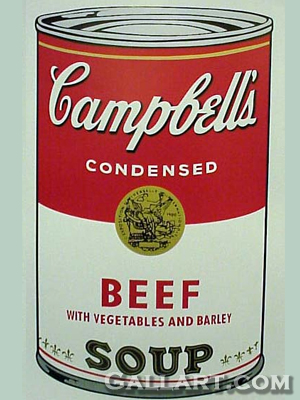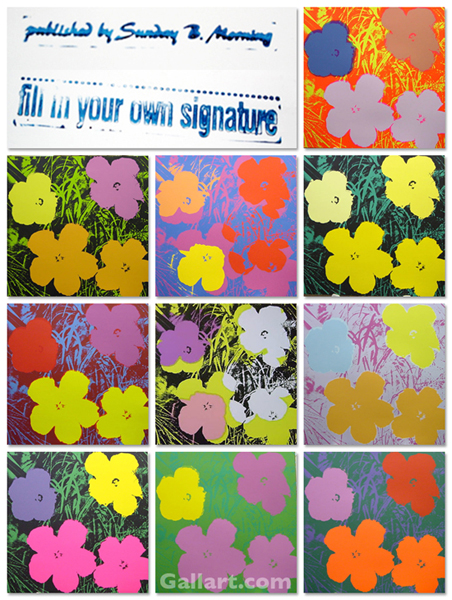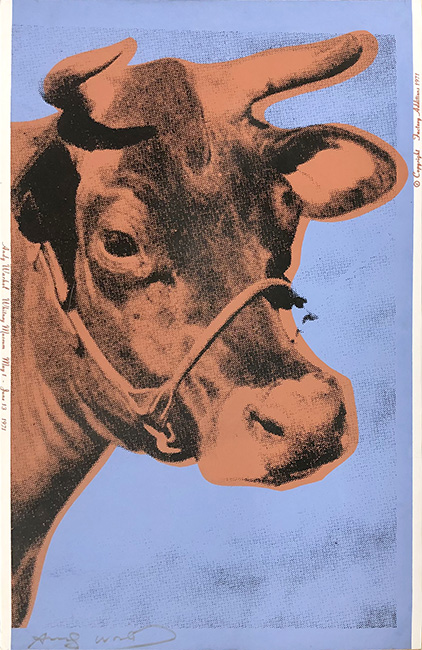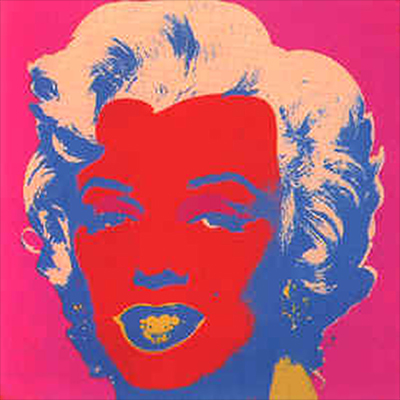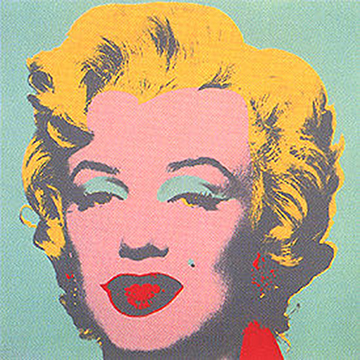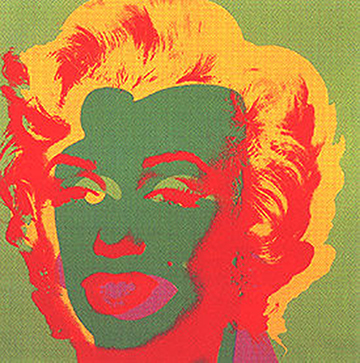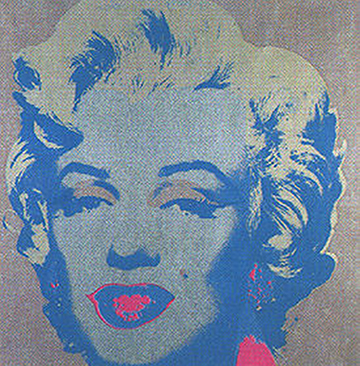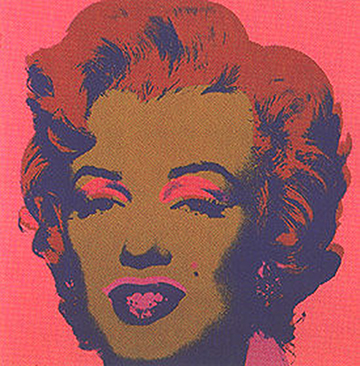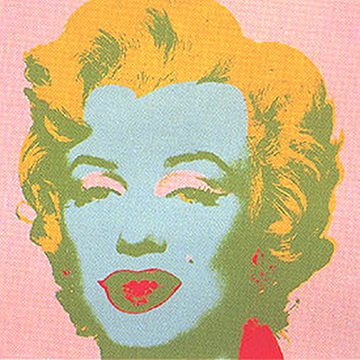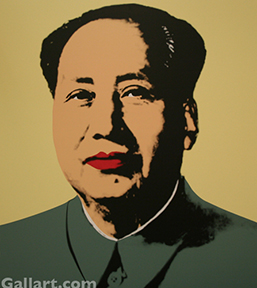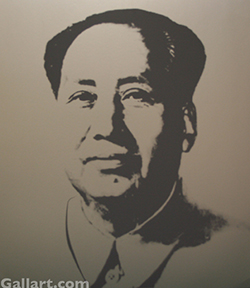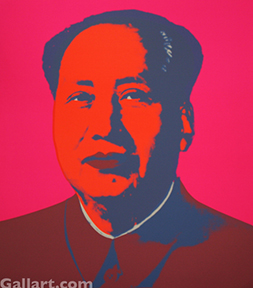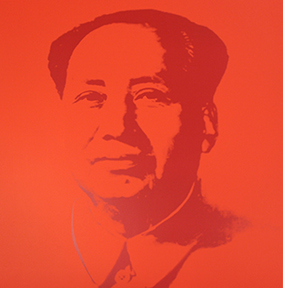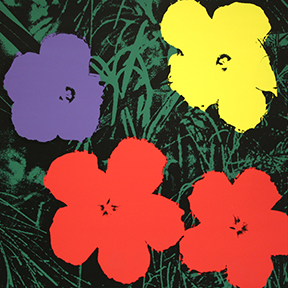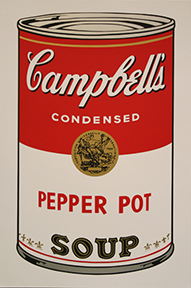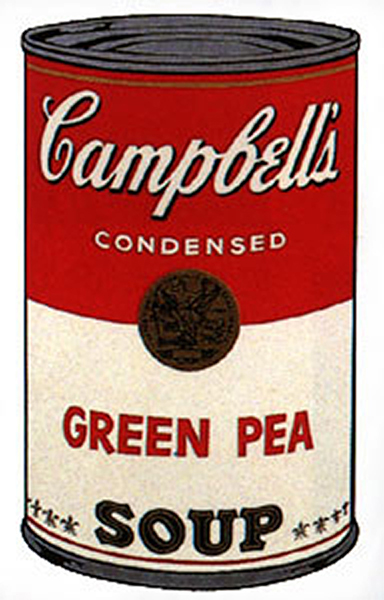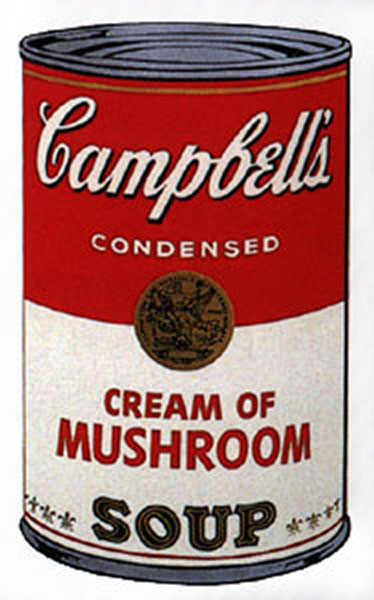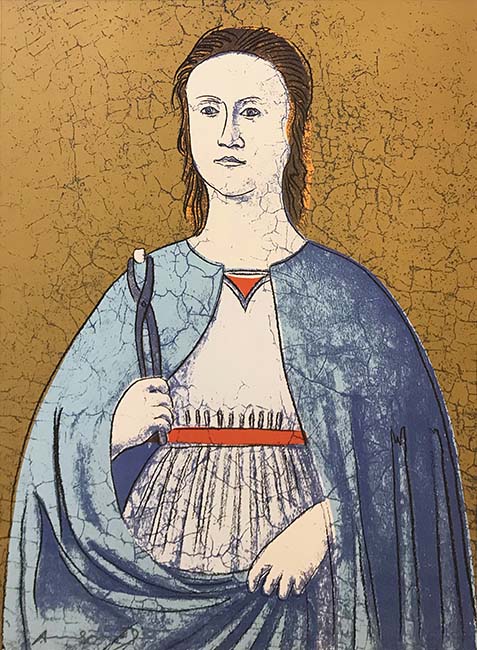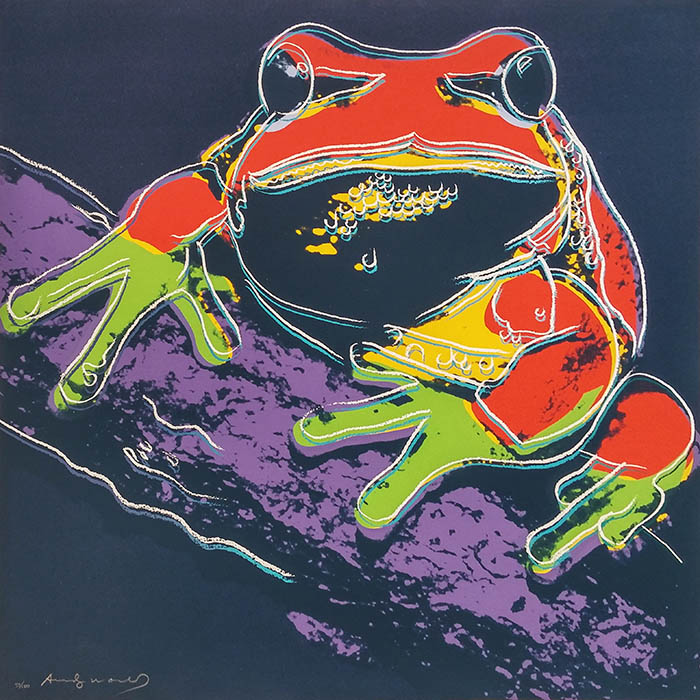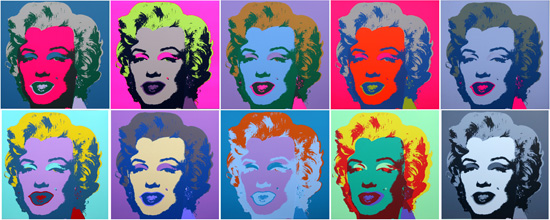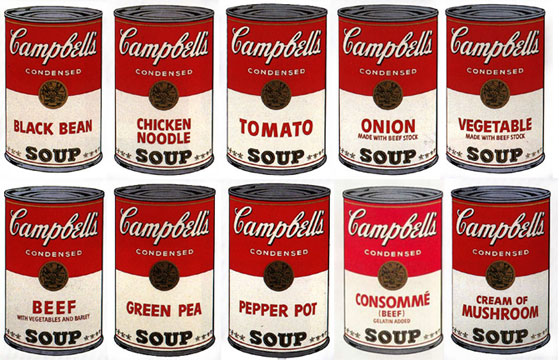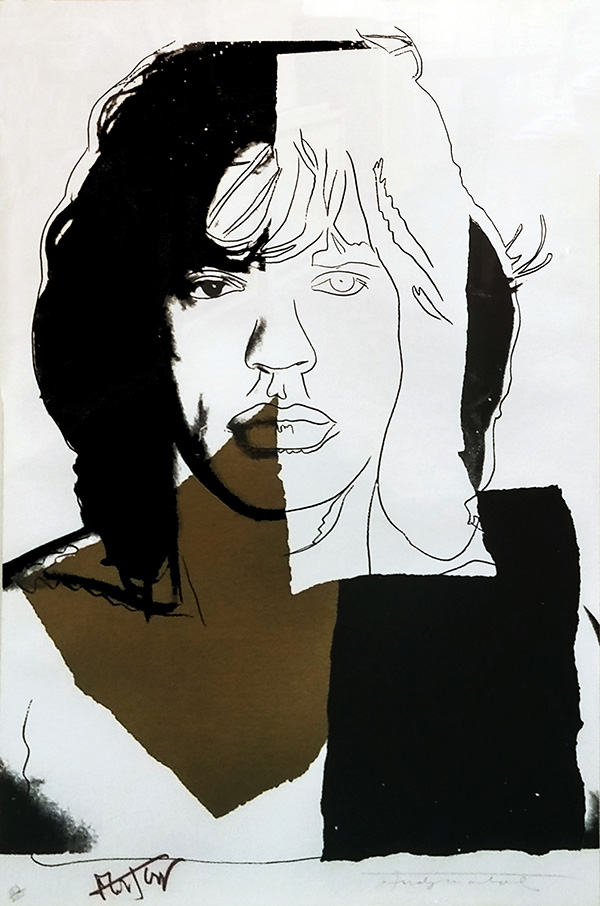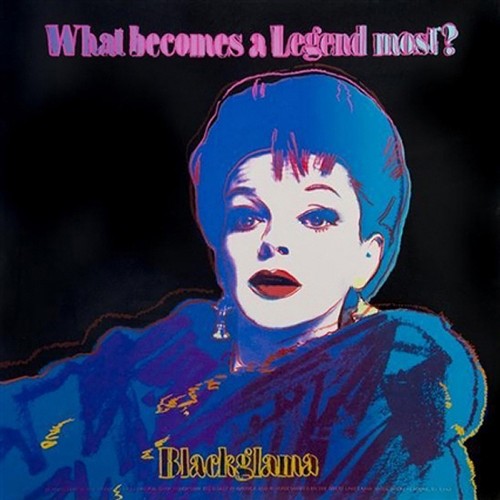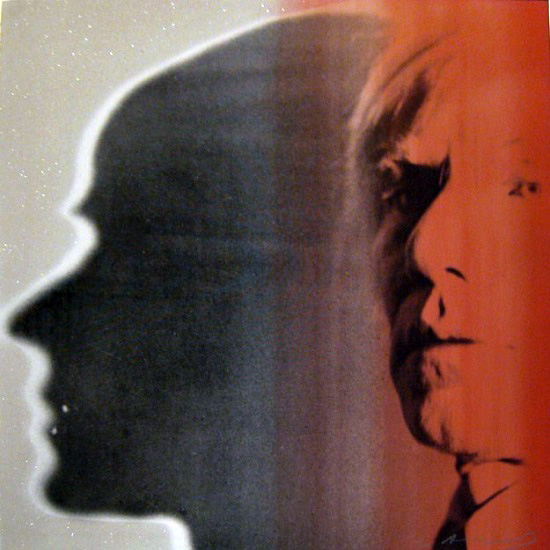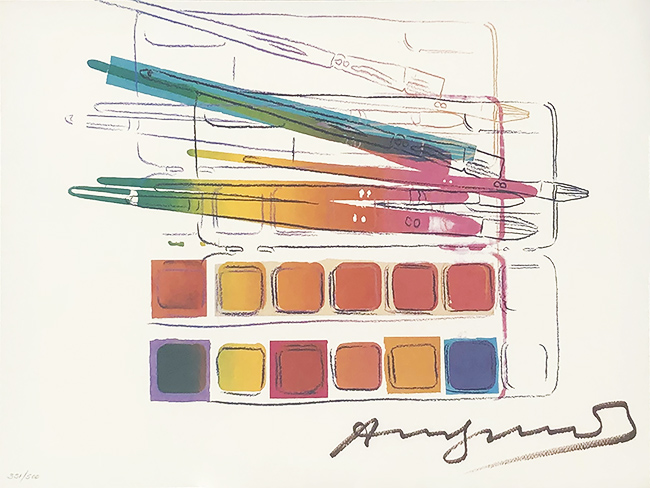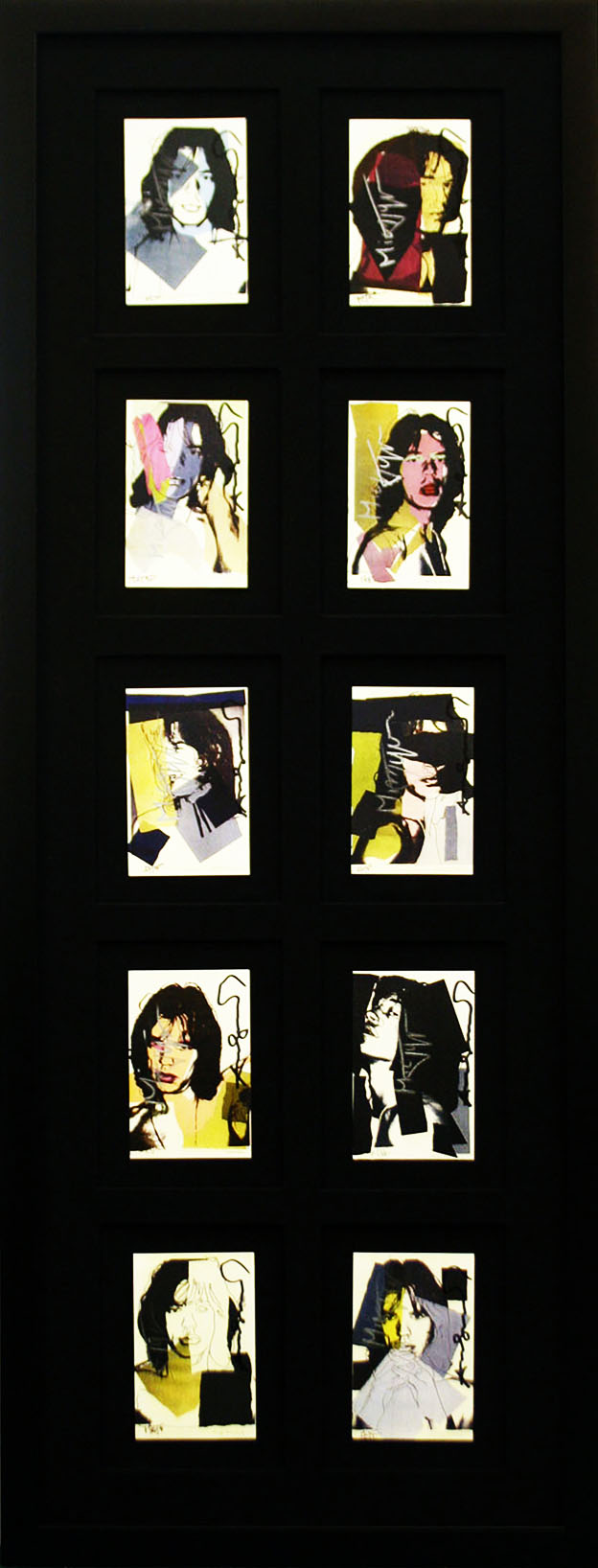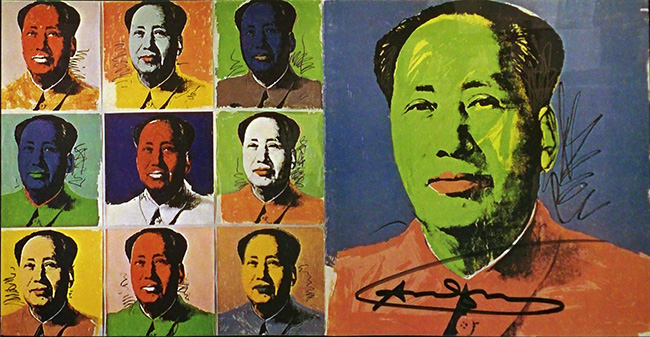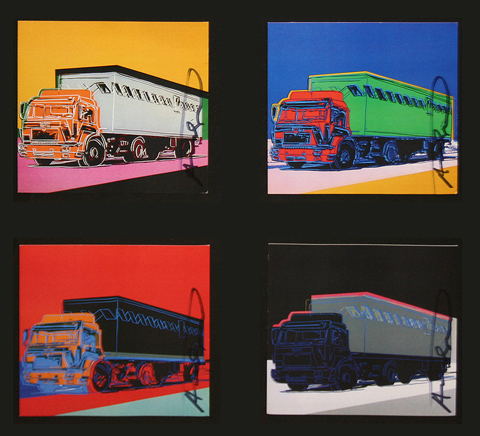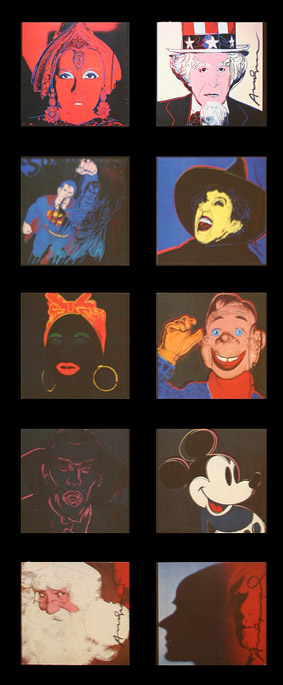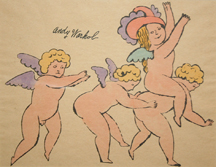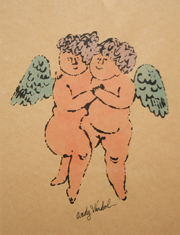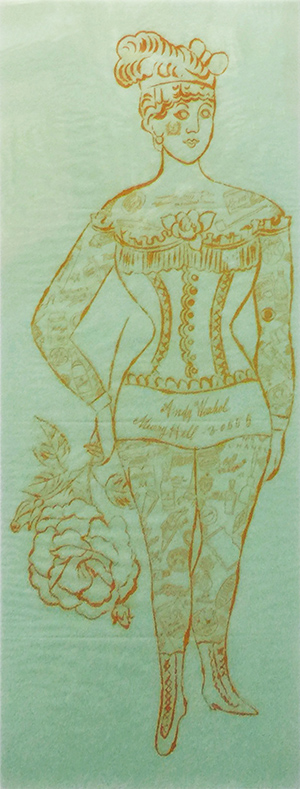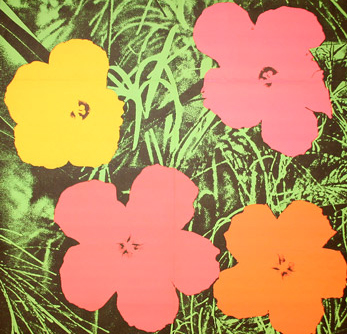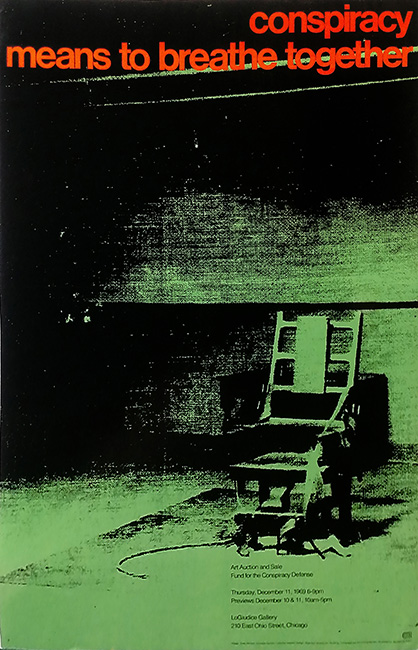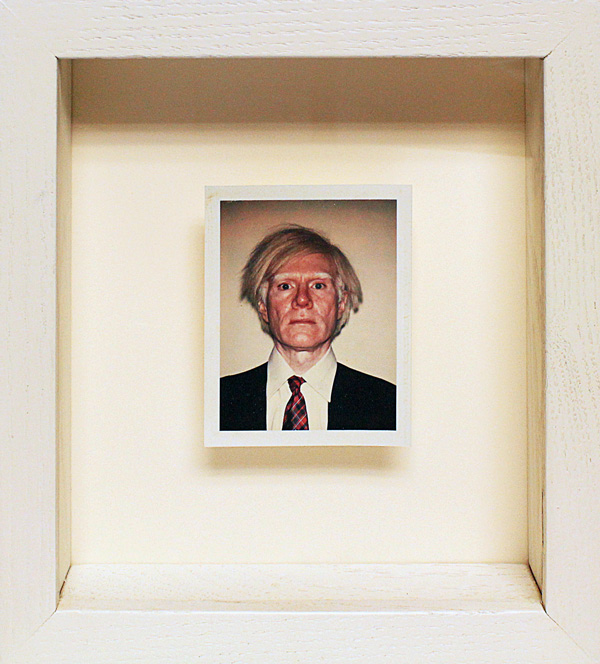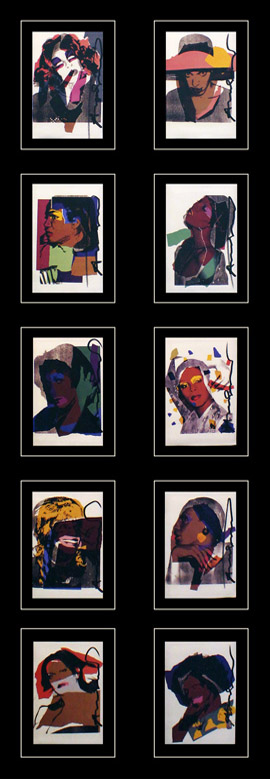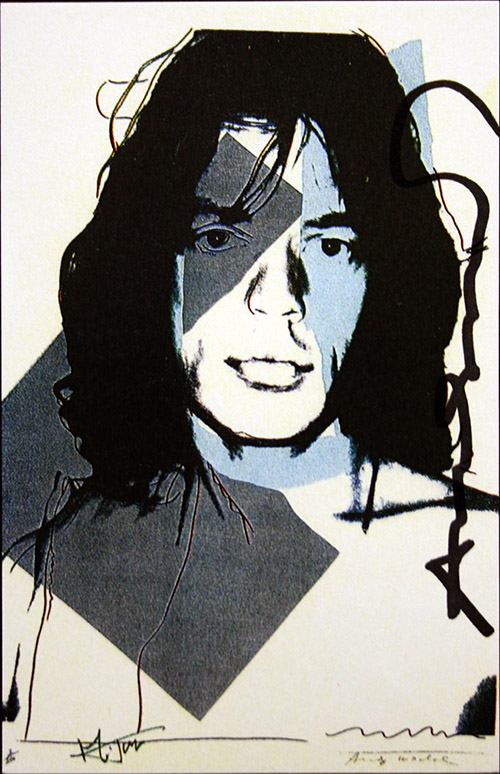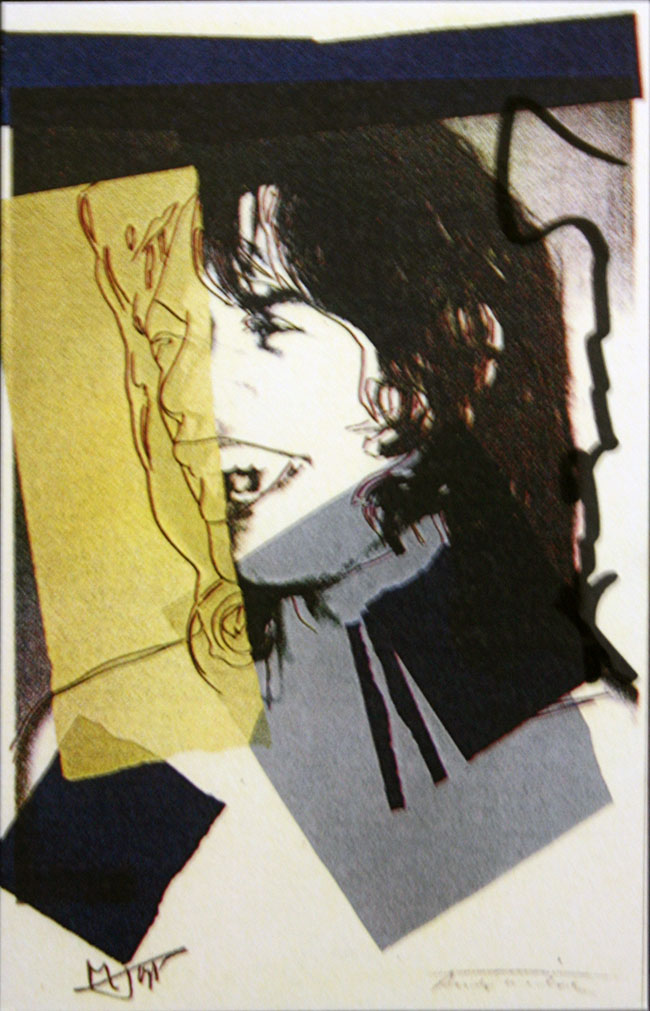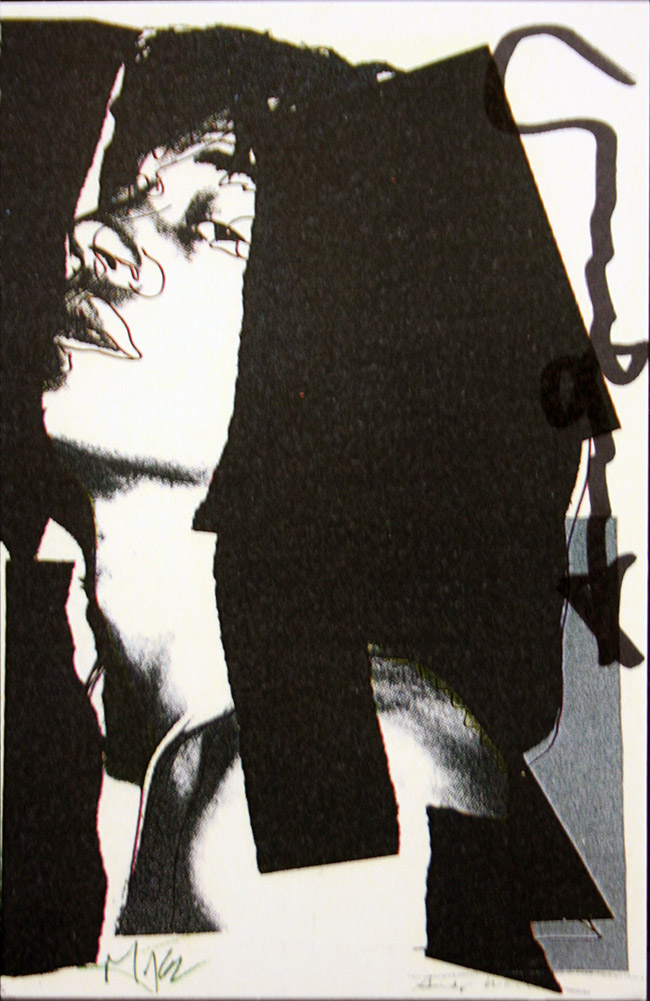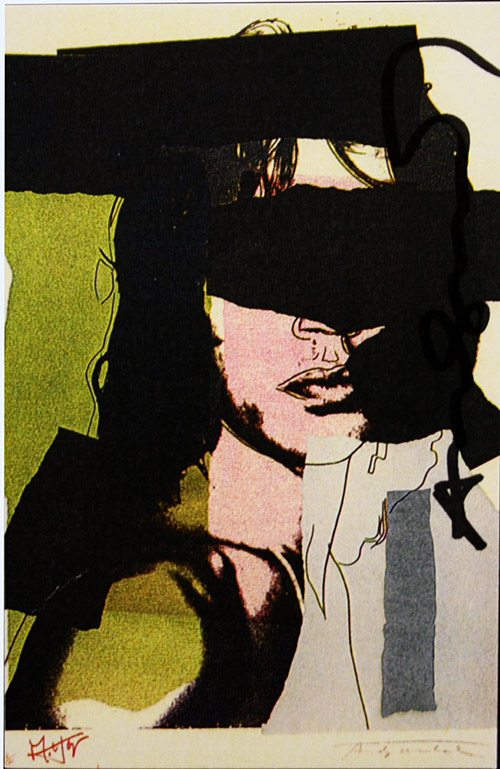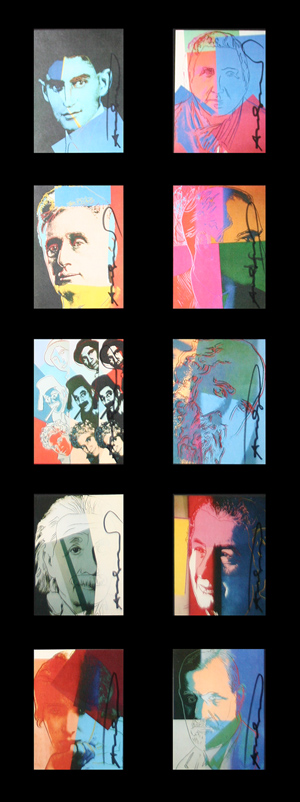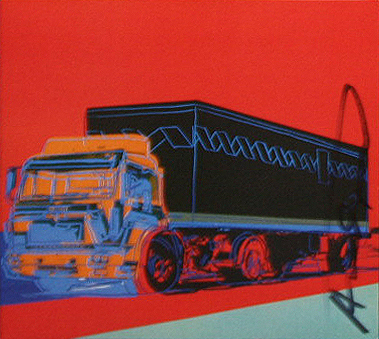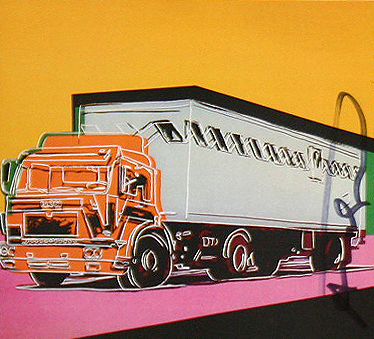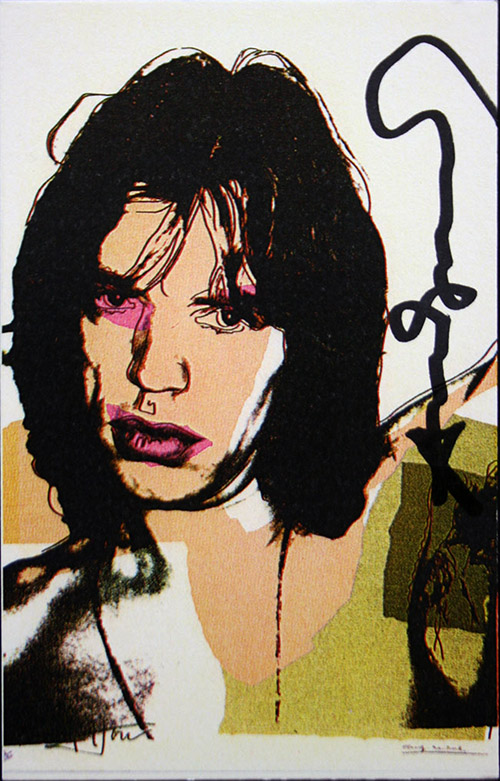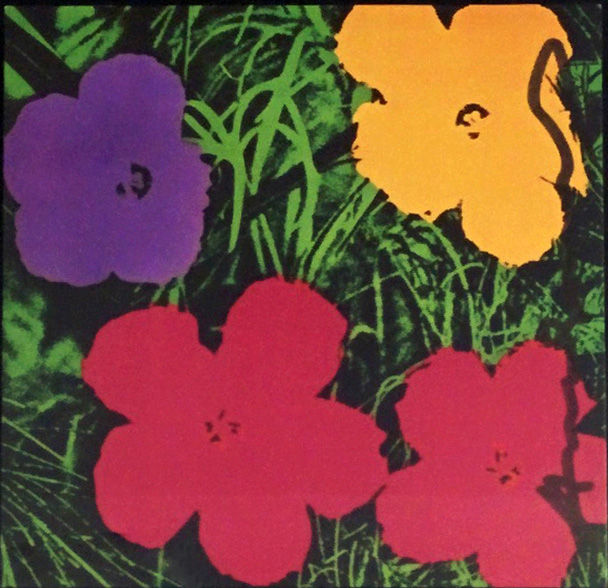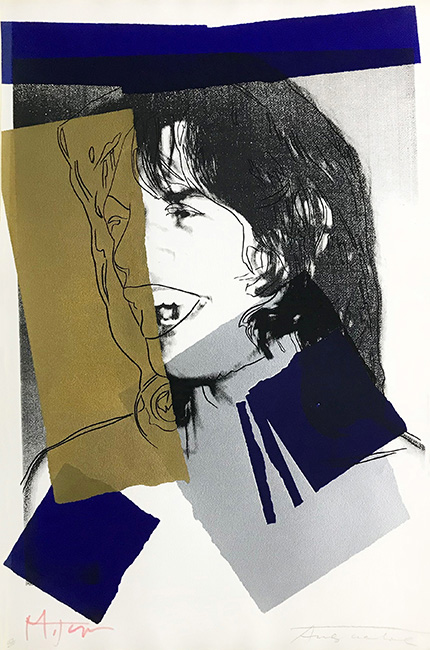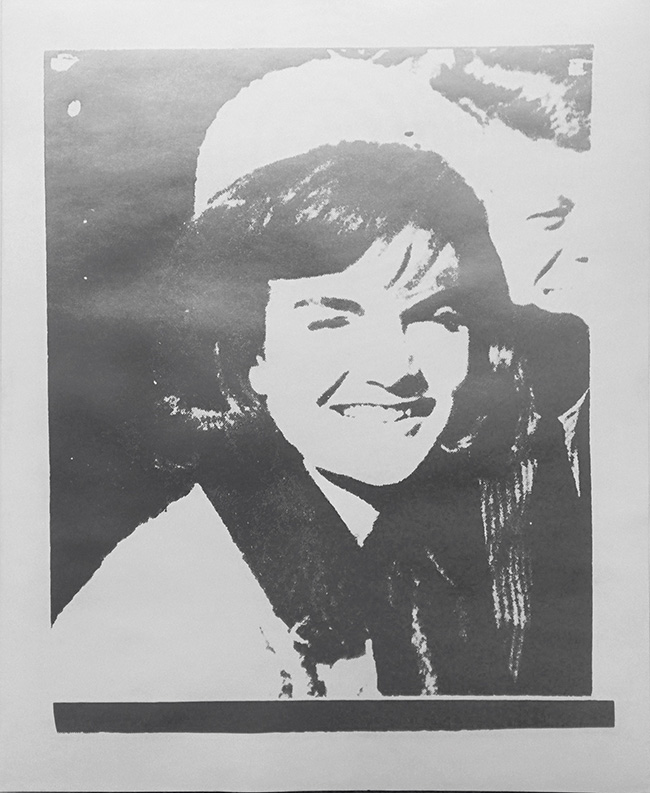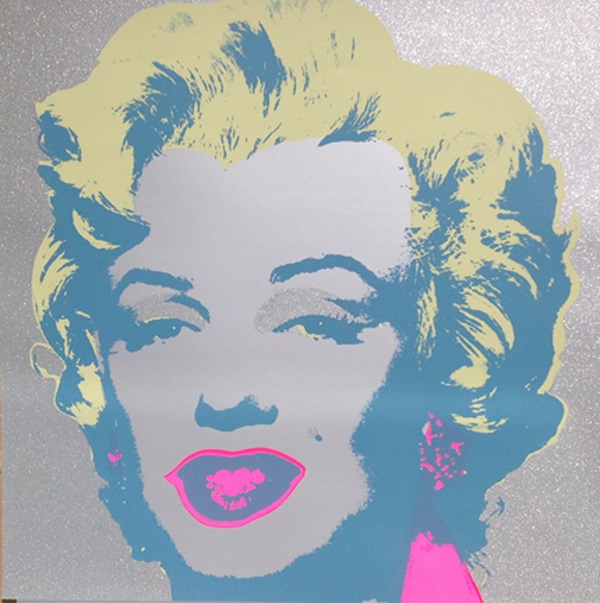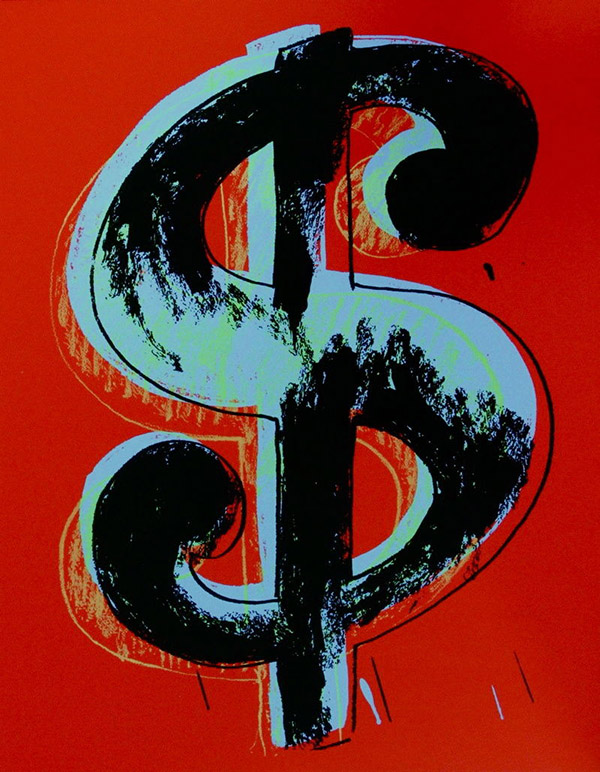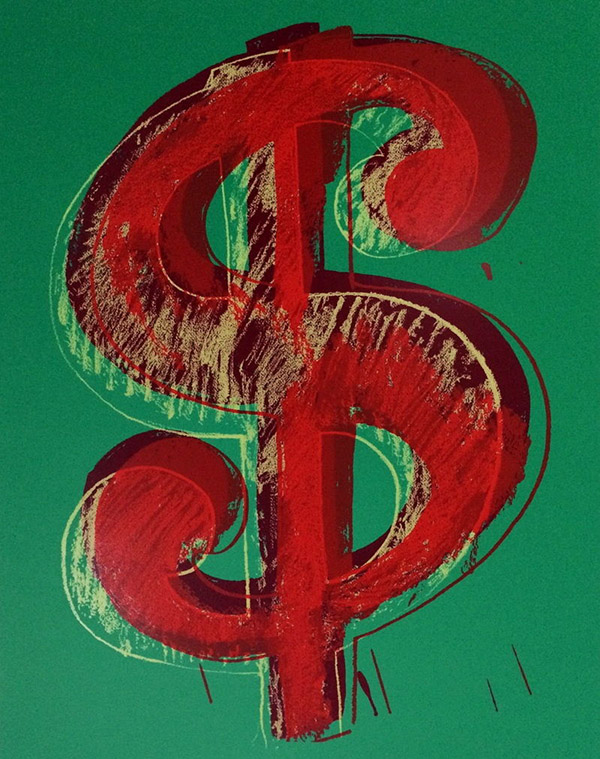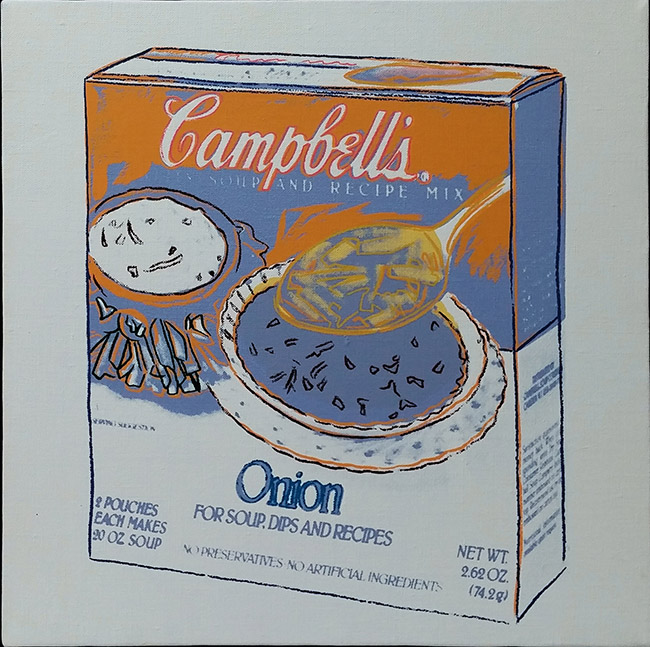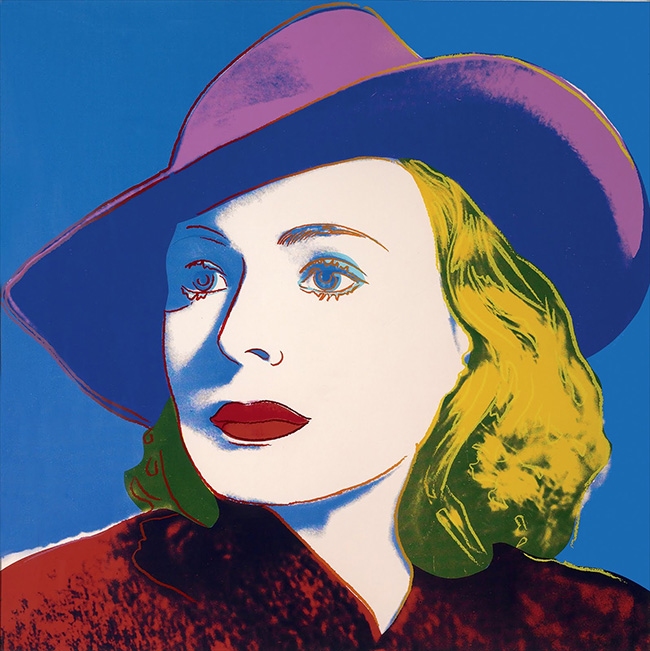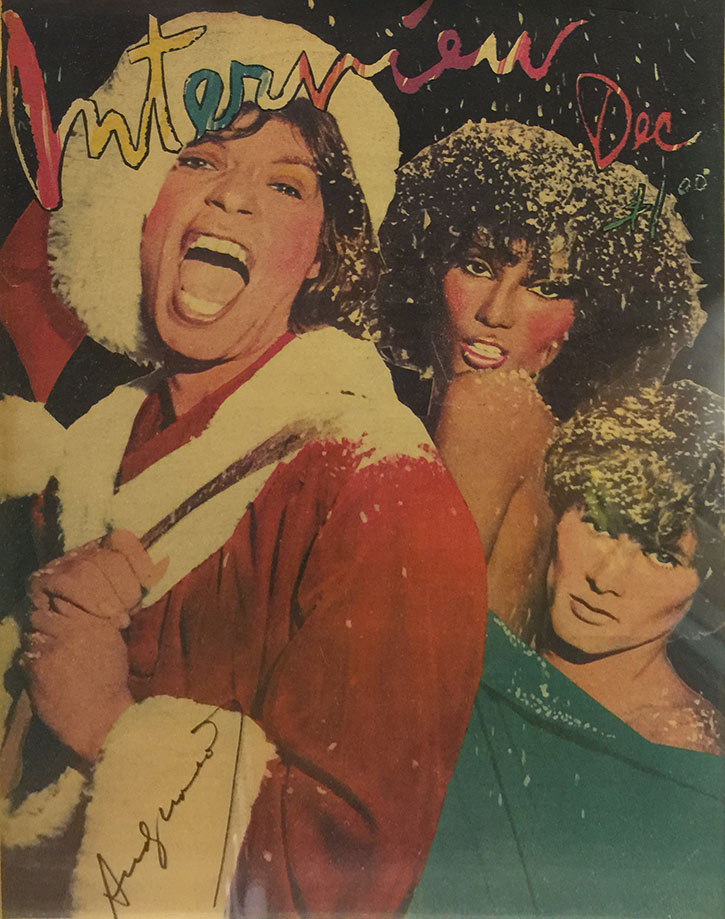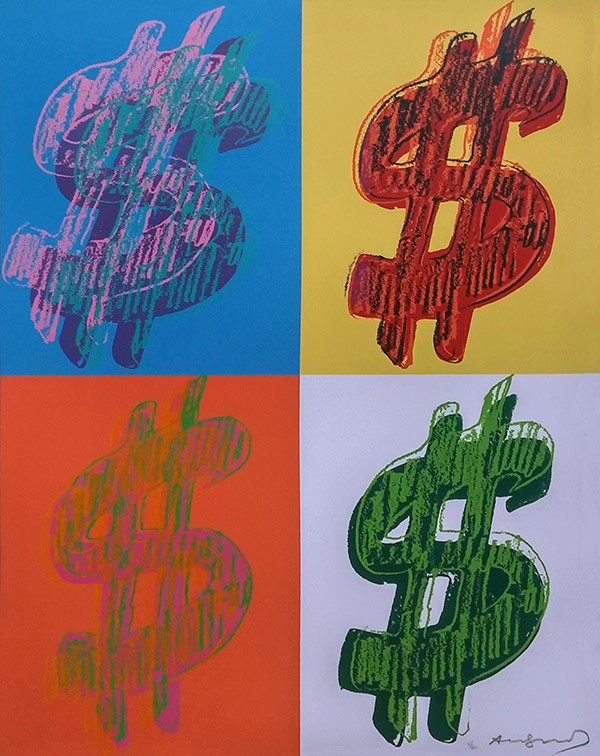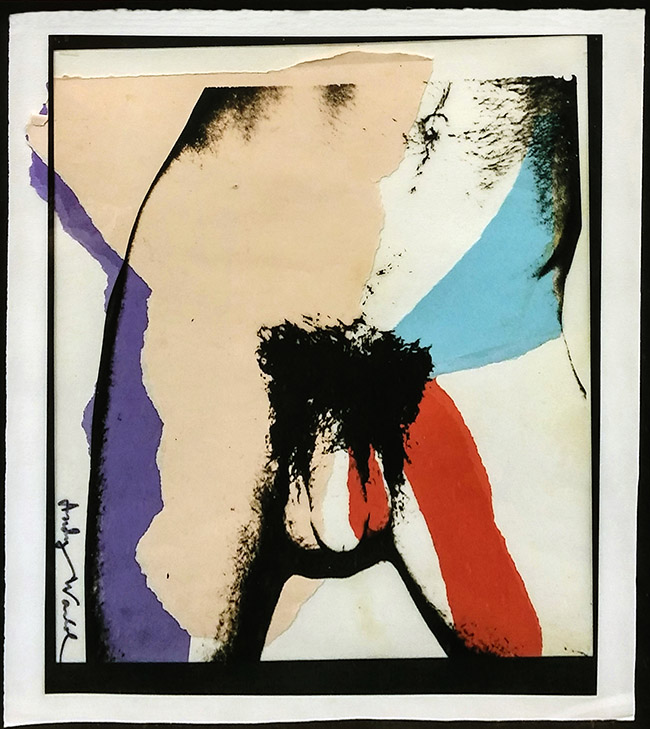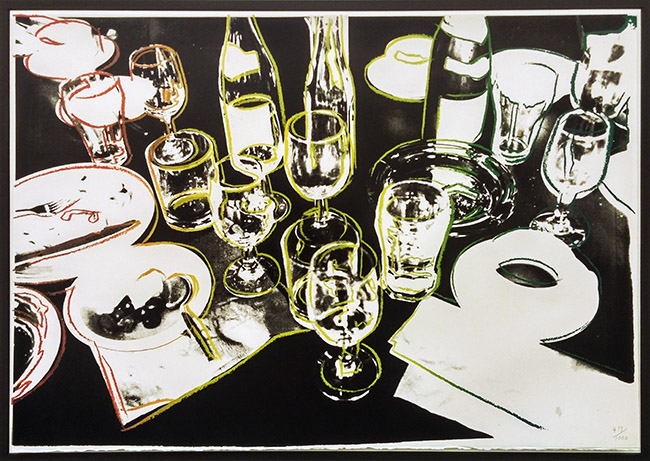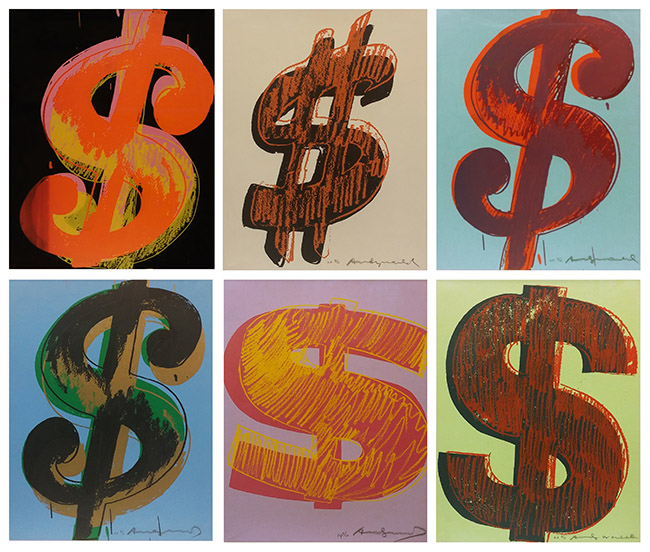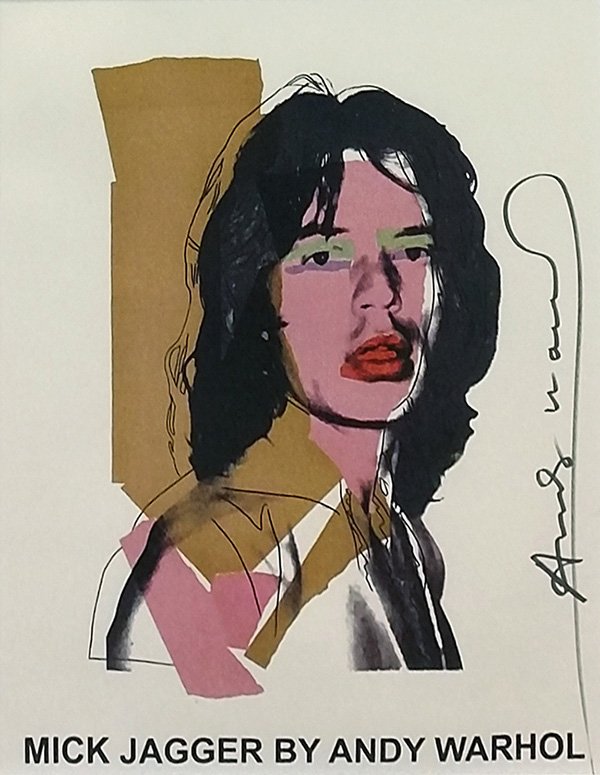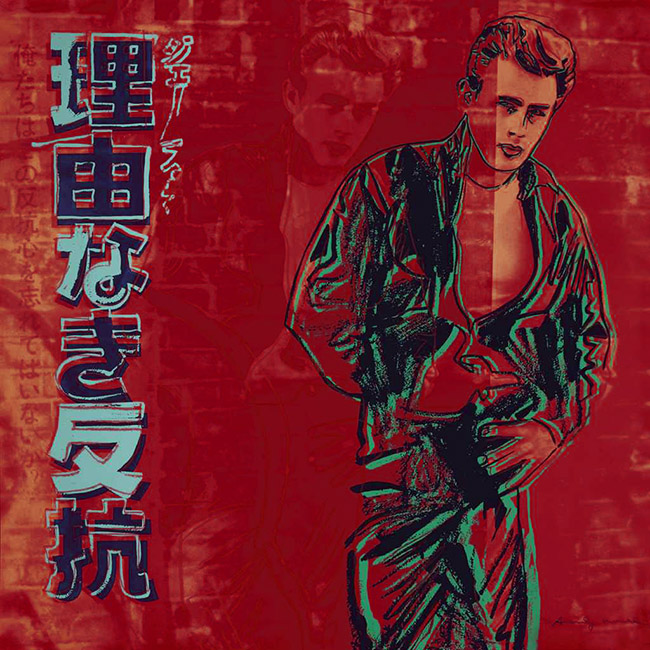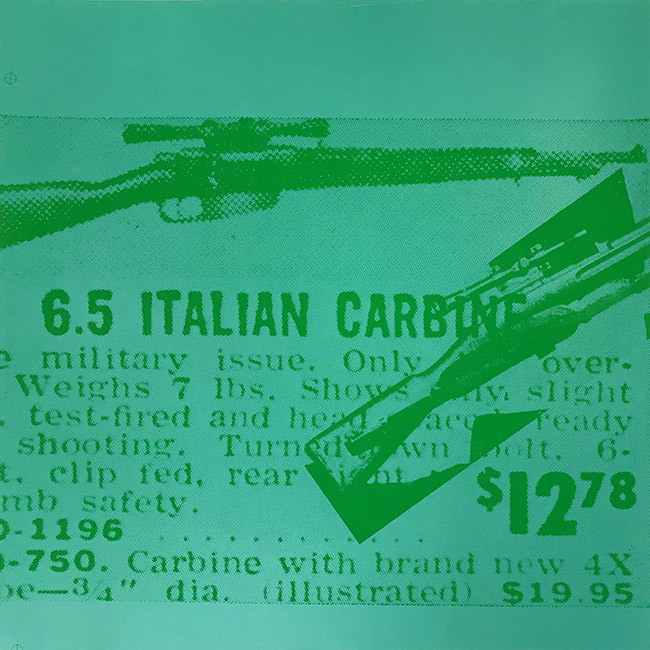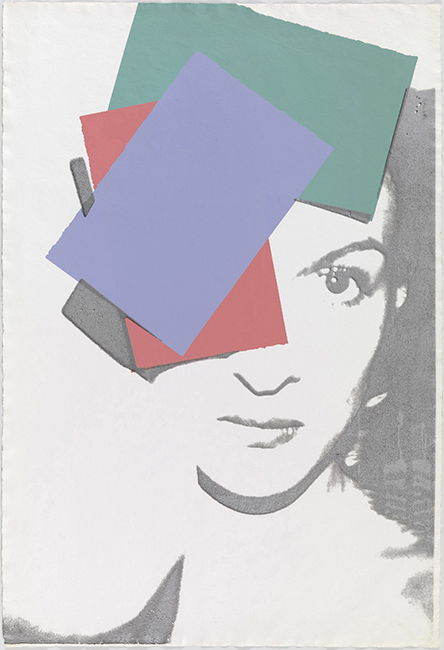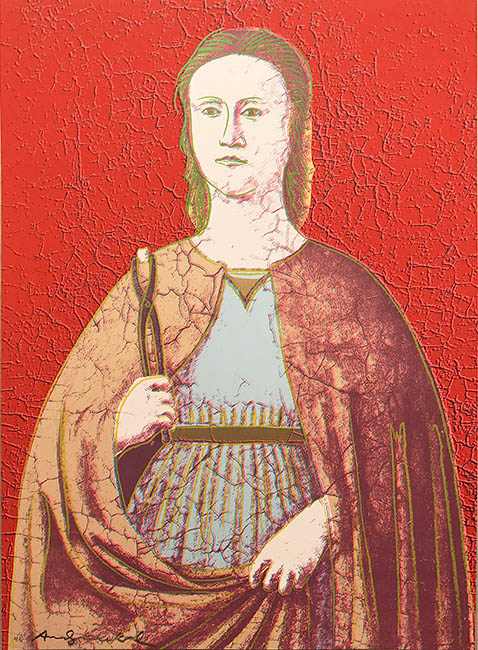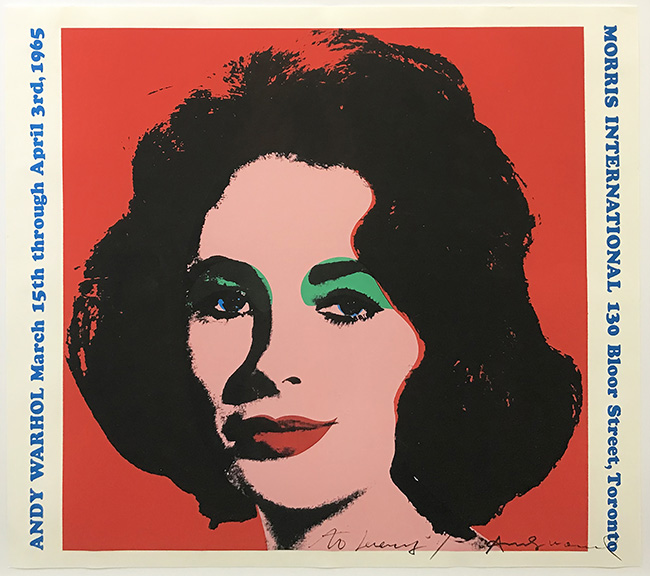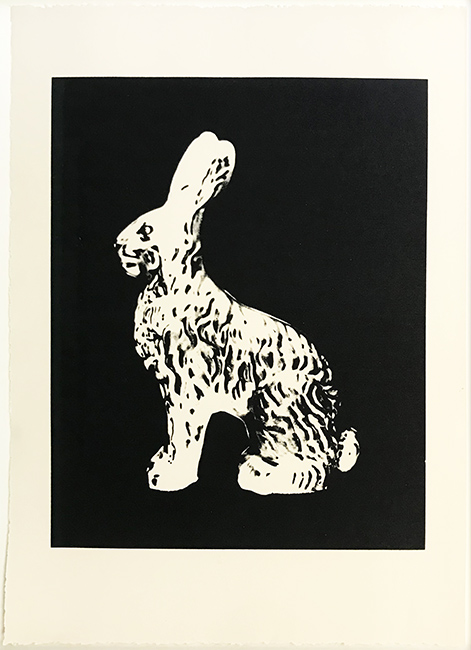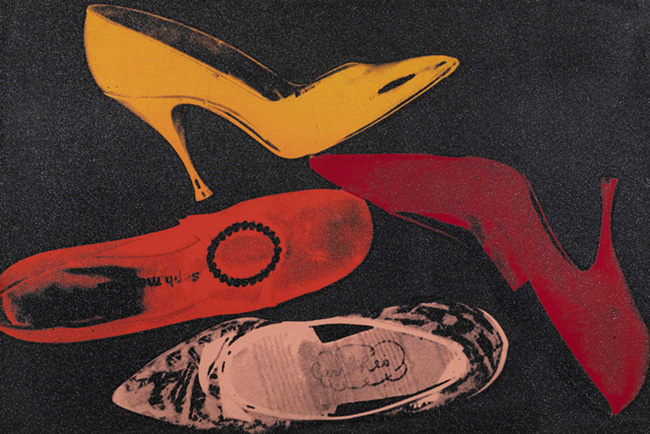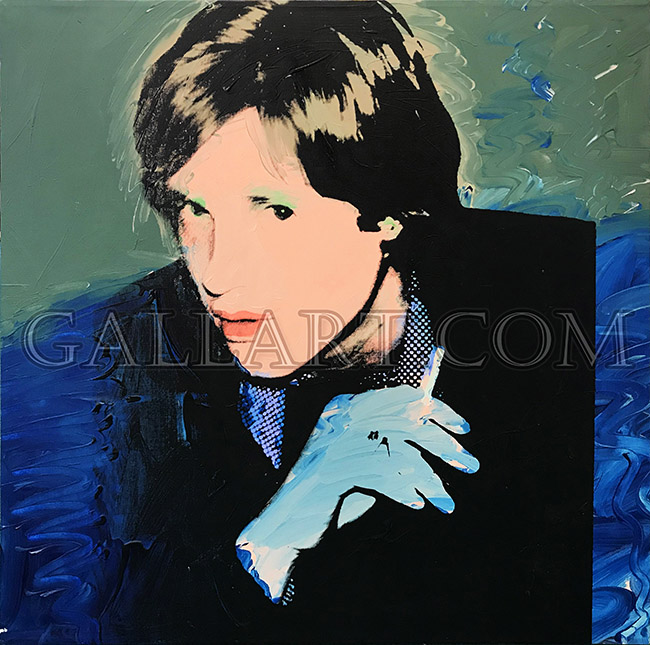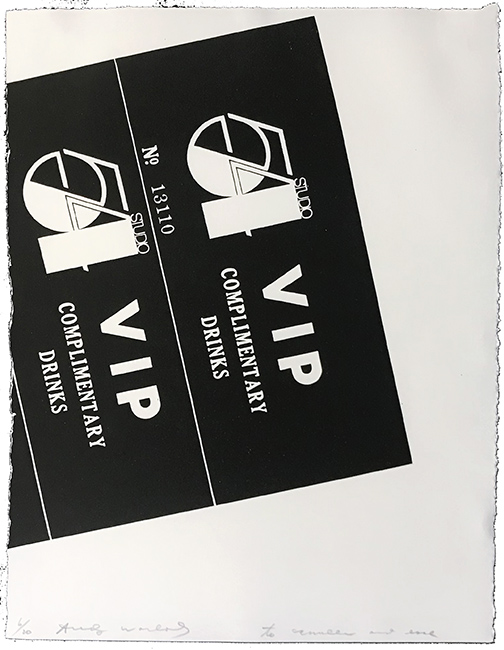Andy Warhol
Mao FS II.93
$100,000.00
$75,000.00
Medium: Screen Print On Paper
Date: 1972
Edition: Of 250
Size: 36 x 36 inches
Additional Details: Screen print on Beckett High white paper. Hand signed in ball-point pen by Andy Warhol and numbered with a rubber stamp on verso. Sheet size: 36 x 36 inches. Frame size: 46 x 46 inches. Published by Castelli Graphics and Multiples, Inc., New York. Printed by Styria Studio, Inc., New York. Artwork is in excellent condition. Certificate of Authenticity included.
After President Nixon’s 1972 visit to China, and the inevitable buzz it created in the press, Andy Warhol was inspired to create a series of prints that would immortalize the image of the Chinese leader, Mao Zedong. Warhol could see a blurry mirror image of US media to Chinese propaganda. There were parallels between the cult like following in the West to movie stars and Mao Zedong in the East. Seeing these in a strange likeness, Warhol produced his Mao series in a fashion reminiscent of his portraits of American celebrities like Marilyn Monroe and Elvis Presley. These color charged screen prints of Mao were further set apart by the layers of graffiti-like scribbles that were screened on separately, transforming Mao into a world wide pop icon.
Art ID: G33345
Andy Warhol was a leading figure in the Pop Art movement. Like his contemporaries Roy Lichtenstein and Robert Rauschenberg, Warhol responded to mass-media culture of the 1960s. His silkscreens of cultural and consumer icons—including Marilyn Monroe, Elizabeth Taylor, Campbell’s Soup Cans, and Brillo Boxes—would make him one of the most famous artists of his generation. “The best thing about a picture is that it never changes, even when the people in it do,” he once explained. Born Andrew Warhola on August 6, 1928 in Pittsburgh, PA, he graduated from the Carnegie Institute of Technology in 1949. Moving to New York to pursue a career in commercial illustration, the young artist worked for magazine such as Vogue and Glamour. Though Warhol was a gay man, he kept much of his private life a secret, occasionally referencing his sexuality through art. This is perhaps most evident in his drawings of male nudes from the 1950s, and later in his film Sleep (1963), which portrays the poet John Giorno nude. In 1964, Warhol rented a studio loft on East 47th street in Midtown Manhattan which was later known as The Factory. The artist used The Factory as a hub for movie stars, models, and artists, who became fodder for his prints and films. The space also functioned as a performance venue for The Velvet Underground. During the 1980s, Warhol collaborated with several younger artists, including Jean-Michel Basquiat, Francesco Clemente, and Keith Haring. The artist died tragically following complications from routine gall bladder surgery at the age of 58, on February 22, 1987 in New York, NY. After his death, the artist’s estate became The Andy Warhol Foundation and in 1994, a museum dedicated to the artist and his oeuvre opened in his native Pittsburgh. Today, his works are held in the collections of the Art Institute of Chicago, Museum of Modern Art in New York, and the Tate Gallery in London, among others. A major retrospective of Warhol's work took place at the Whiney Museum of Art in New York in 2019.

)
)
